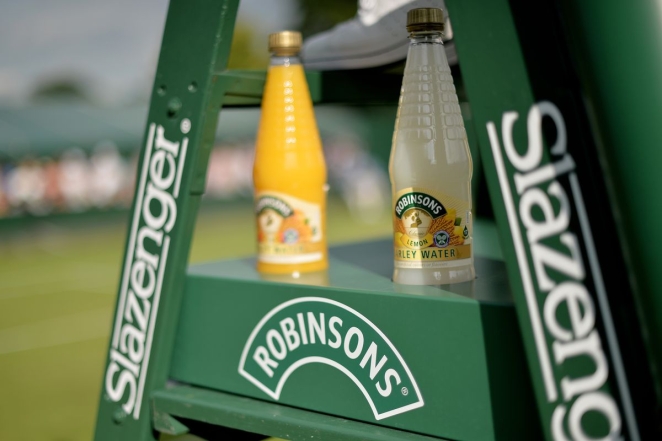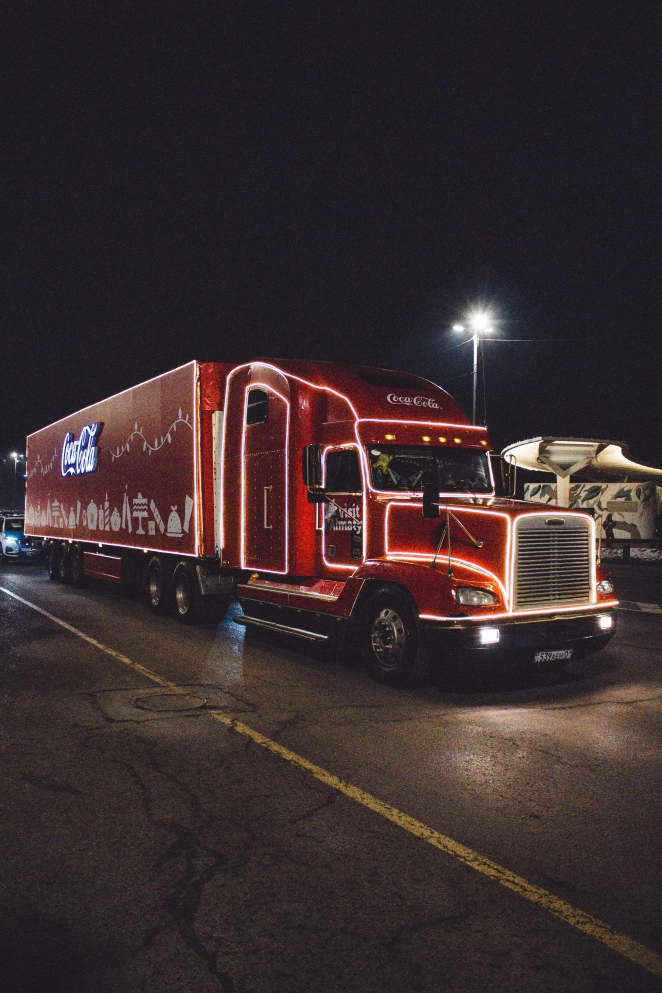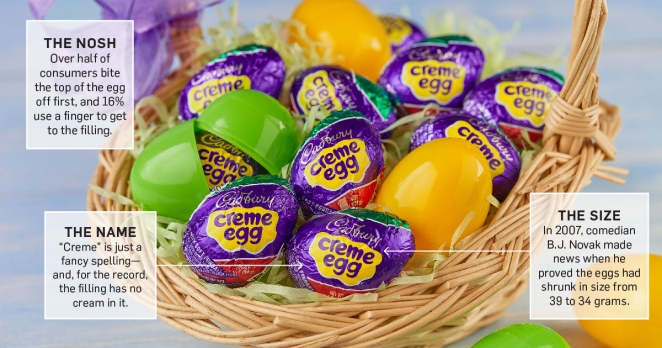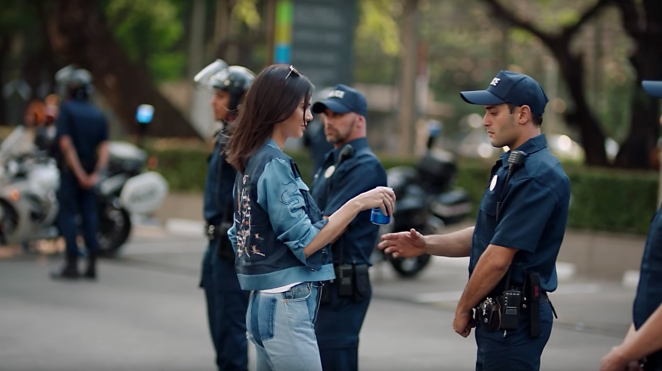For those who think Wimbledon wouldn’t be the same without strawberries and cream and a glass of Pimm’s, you’re not alone. Every year, an estimated 191,000 portions are eaten, accompanied by more than 276,000 glasses of the tipple. With Wimbledon fever in full-swing, Susannah Morgan, Deputy Managing Director at PR agency, Energy PR, looks at brands that have successfully become synonymous with a season, event, or moment and what it takes to win, or lose, that game.

Pimm’s getting it right
Pimm’s and Wimbledon go way back. It has only been the official partner of Wimbledon since 2017, but the first Pimm’s bar opened at the tournament in 1971. So, although the brand has significantly increased its profile with fuller sponsorship, this move follows decades of consistent effort to position itself as the quintessentially British summer drink.
It is one of the staple drinks not only at Wimbledon, but Chelsea Flower Show, the Henley Royal Regatta, and Glyndebourne Festival Opera too - all of which are top-notch long-established events on the British summer calendar.

Becoming synonymous with the big events of summer was humorously cemented by ad campaigns spawning catchphrases such as “Pimm’s O’Clock” and “Anyone for Pimm’s” which light-heartedly poked fun at its customer caricature in typically British fashion. Its success shows in the numbers. Platinum Jubilee celebrations saw sales shoot up 97%, such was the desire to have a glass of Pimm’s in hand to toast a uniquely British event.
Despite working hard to prove its point, Pimm’s is more easily able to be ‘the drink of summer fun’ because that is how the audience uses the product – it is drunk as a fresh fruit cocktail and is refreshing on hot days. Arguably Guinness would have a much harder job claiming this territory.
Robinsons getting it wrong
Being a quintessentially British summer drink is what makes it such a good fit with a uniquely British event like Wimbledon, the oldest tennis tournament in the world. Pimm’s earned this position through consistent building of brand heritage over a long time - one that focusses on how its product is consumed and fits with the values of its audience and those of Wimbledon.
Wimbledon is famously understated, so brand partners are few. This offers neat examples of what works and what doesn’t. The end of the Robinsons partnership after 86 years is an example of commercial greed killing the golden goose.

The rumours are that Robinsons’ owner, Britvic, wanted to include others of its drinks in the partnership, such as Gatorade, Pepsi MAX and J20. These simply do not have the same audience and values synergy with the tournament. And the overt commercialism was at odds with Wimbledon’s reserved appeal.
There’s a clear lesson here. Brand partnerships or cultural alignment in the mind of the consumer must start with audience and product relevance, and the common ground in values and experiences. Gatorade just didn’t fit. Pimm’s does. And as we’ve seen, that’s no accident.
Red Bull owning adrenaline
Great audience and product fit will make it easier to own moments, big or small. Red Bull is a good example. The brand has doubled down on the essence of its product and audience to become synonymous with adrenaline filled moments and events.

From huge F1 team ownership, through to GoPro partnerships, its focus on high-energy, high-octane activity and behaviour perfectly encapsulates the nature of its energy drink. All its brand activity emphasises this point. It is the drink of daredevils.
Christmas nostalgia
When the fit is less obvious, becoming part of a cultural moment requires brands to participate over time consistently and successfully, gradually increasing relevance with the audience. It becomes part of the tradition through repetition.
But it requires relentless effort. Look at Coca-Cola and Christmas. They’ve been repeating that “The Holidays Are Coming” message since 1931 and the iconic red truck TV ad has been on screens every Christmas for 27 years. And it’s worked.

Terry’s Chocolate Orange is another example. According to Wikipedia, at one time it was estimated that the Chocolate Orange was found in a tenth of British Christmas stockings. No one really knows why they’re so synonymous with Christmas. Is it because the shape is a good stocking filler? Product shareability? Christmassy flavour?
But its marketing is heaviest at Christmas so by consistently participating in this cultural season over decades, the brand has created a link in the minds of its audience strong enough to tip over into nostalgia and tradition.
The flavour of the month
The risk with a strong association with a season, is that sales can drop at other times of the year. Terry’s took this as an opportunity to diversify the Chocolate Orange into other seasonal treats – Chocolate Orange Easter mini eggs were born.
Delicious. But Cadbury’s got stung by the commercial reality of strong seasonal association with its Creme Egg.

Traditionally only available between January and Easter Sunday, the humble Creme Egg is the first sign of Easter for many. In the 1980s Cadbury’s made the egg available all year round, which resulted in a drop in sales and a swift backtrack to its original seasonal sales strategy.
The public had spoken – the Creme Egg is so synonymous with Easter that they wouldn’t buy it at any other time of year. Now, Cadbury’s has seen huge success with limited edition eggs of different colours.
Cultural misstep
Aligning with a cultural moment or mood takes more than one ad campaign. A brand must earn the right to fit in or it will fail. And it must choose those cultural moments carefully.
Kendall Jenner’s 2017 Pepsi ad is a case study of social media backlash to its tone-deafness and its simplistic approach to a complex issue for commercial gain. In the ad, Kendall Jenner offers a can of Pepsi to a police officer during a protest, to ease tensions between protestors and law enforcement.

Criticism was swift and severe. Not only was Pepsi not culturally relevant, neither was Kendall Jenner who had never done any social activism. But most importantly it dealt insensitively with highly prominent social issues relating to activism and Black Lives Matter.
Conclusion
Brand synonymity with key audience moments can be incredibly powerful if it pays off. But it is a long game that must have strong strategic foundations to stand the test of time.




